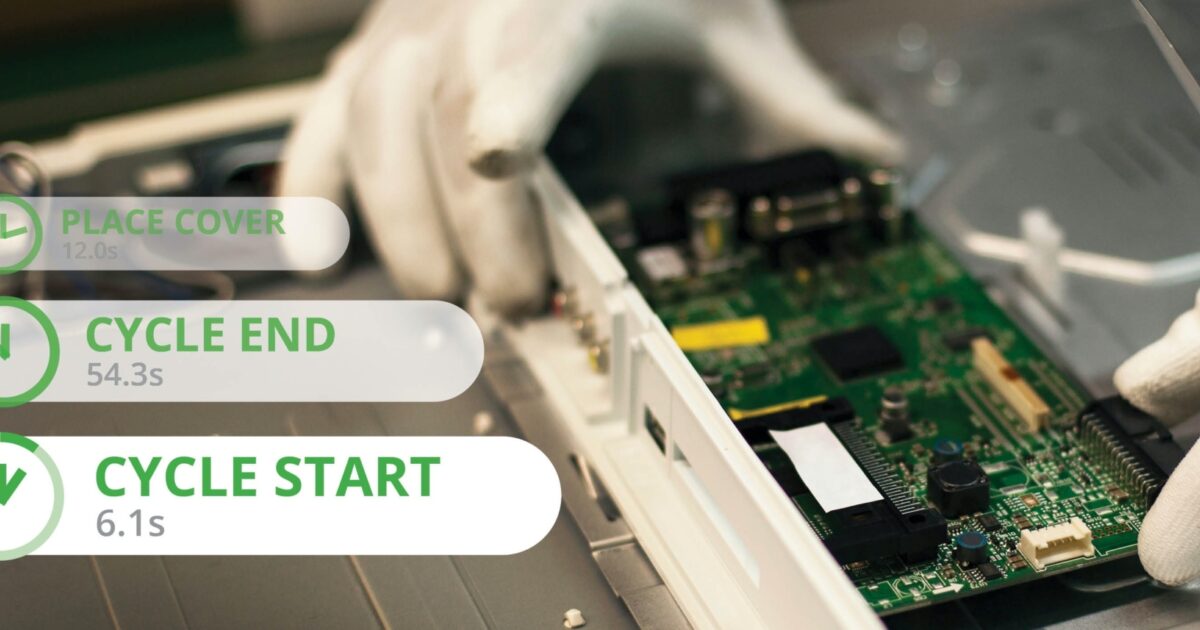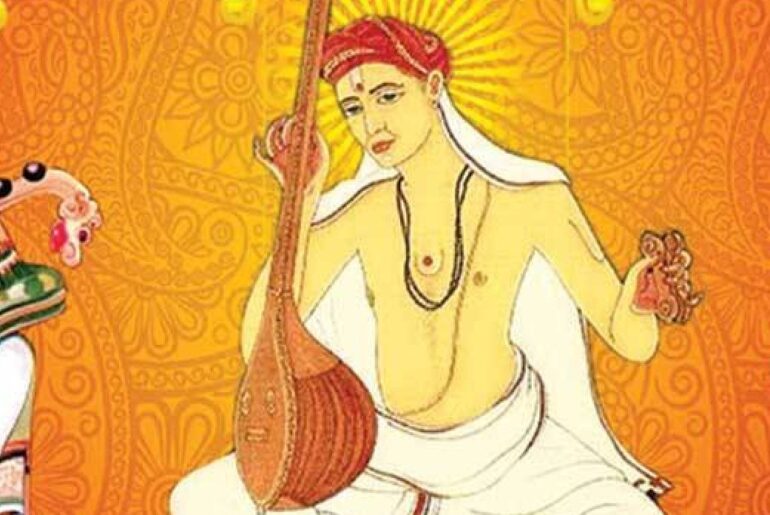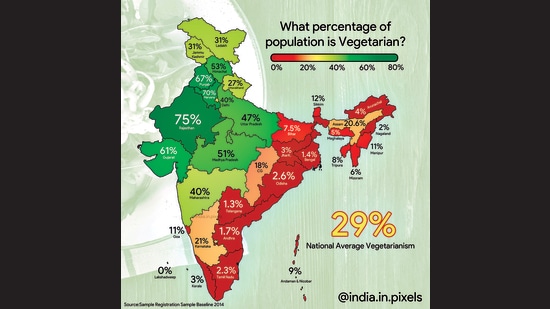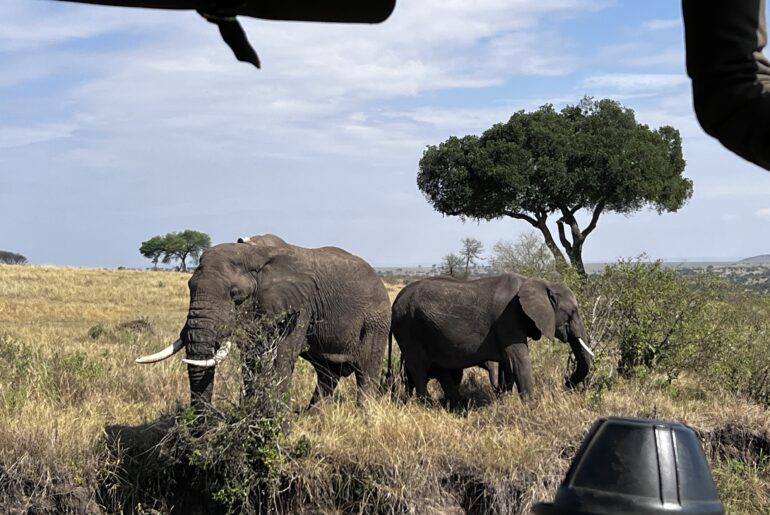(Originally posted on Jul 1, 2019 on the Drishti blog)
This week, the World Economic Forum (WEF) announced its slate of 2019 Technology Pioneers, a group of 56 early to growth-stage companies from around the world that are involved in the design, development and deployment of new technologies and innovations, and are poised to have a significant impact on business and society.
Drishti was privileged to be among them. We salute our peers. And thank the WEF for this honor.
We’ve received a lot of attention in the past two years from industry analysts, media and others. We’re humbled every time someone perceives the uniqueness of what we’re doing, and the potential I believe we have to change manufacturing, permanently, around the globe.
Good data drives good decisions. But manufacturers have historically lacked sufficient data on human actions – which are 70+% of what is required to build the products we all use. Consequently, they have traded people for robots, giving up the flexibility and dexterity humans offer. In contrast, the unique dataset that Drishti creates and uses on manual activities extends human potential for true digital transformation.
What that means, in short, is that Drishti is creating technology that keeps humans employed in manufacturing. We’re extending their value and efficiency, rather than trying to replace them.
It might seem ironic that the World Economic Forum recognition highlights our technology, because what really sets us apart is our focus on the human being. I’ve always believed that the best systems are those that bring out the best in man and machine. And I’ve invested a large part of my career building tools and systems that focus on the needs of humans – a passion that the Drishti team shares with me.
When I led the GM team that developed the world’s first cobots in the 1990s, we were focused on marrying the machine’s mechanical strength with the human’s cognition to bring out the best of both human and machine. Humans working with machines.
In the early 2000s, as cofounder of the social networking pioneer Spoke, we built the world’s first massive social graph to help humans more effectively identify, build and tap into their relationships – we used technology to help humans extend their social reach from the hundreds that the Dunbar Number speaks of to the millions that a rich and searchable social graph makes possible. Humans working with machines.
And now, today, where the Drishti team and I are hyper-focused on maximizing the potential of human beings in the factory with new technologies like AI, deep learning and computer vision. We’re using AI’s cognitive capacity to augment the agility and creativity of a human worker.
And that’s where the marriage of technology and people creates benefits for all parties. Workers stay gainfully employed, and develop longer, more advanced careers. Companies get the most out of their workers without needing to automate them out of jobs. Consumers get better, cheaper and, most importantly, personalized products.
So, at the end of the day, I guess it really isn’t ironic at all that the World Economic Forum’s Technology Pioneer recognition highlights a company like Drishti. The ultimate formula for technological innovation is human AND machine, and Drishti’s action recognition technology for manufacturing focuses on exactly that.
Humans working with machines ⇒ 1+1 = 3!










